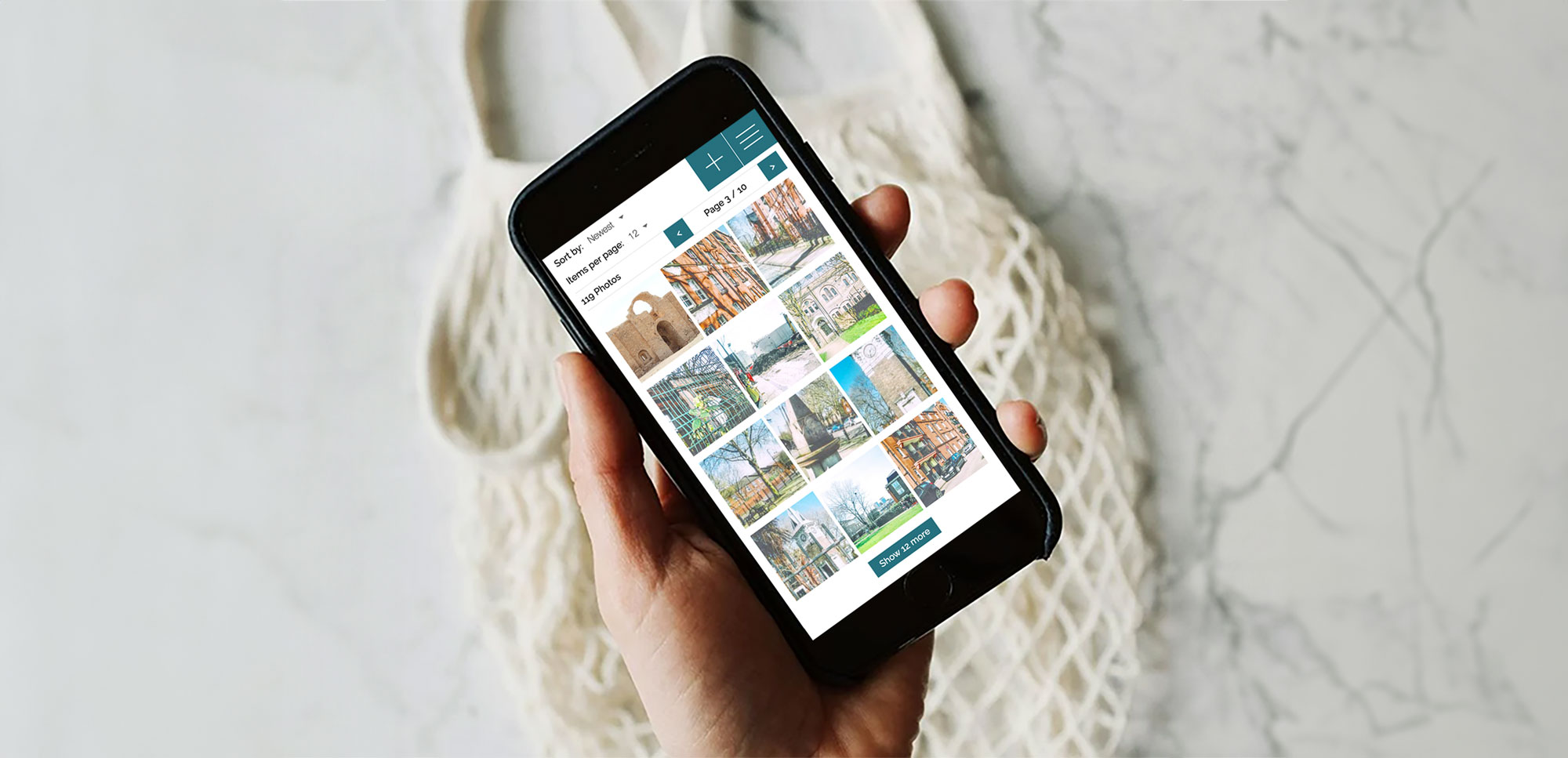Creating a Digital Platform for Exploring Heritage
The goal is to establish a digital platform that empowers individuals from various backgrounds across the nation to delve into and share their heritage, uncovering the elements that contribute to their 'sense of place'. Firmly believing in the pivotal role heritage plays in fostering social, economic, and cultural enrichment within diverse communities in 21st century Britain, they have assembled a team comprising heritage professionals and enthusiasts.
Funded by HEFCE and the Higher Education Innovation Fund, their initiative aims to serve as both a repository for educational resources and toolkits, as well as a space for showcasing digital heritage projects from a wide array of partners. Initially collaborating closely with schools in Tower Hamlets, their objective is to expand their outreach efforts. Through collaboration with the Edge Foundation, they also strive to assist schools in cultivating innovative approaches to learning about both tangible and intangible cultural heritage, thereby enhancing students' skill sets. Their focus extends beyond educational institutions; they are committed to fostering community engagement with heritage, adopting a grassroots approach by actively engaging with individuals and understanding their needs.
Enhancing User Experience in Digital Platform Development
As the designated designer within our project team, I closely collaborated with a developer, analyst, and project partners to shape the visual aspects and user experience of our digital platform. My role involved translating ideas into practical design elements that resonated with our audience, focusing on creating an interface that effectively communicated our project's goals while providing an engaging user experience. Drawing on my design expertise, I ensured the platform was both functional and visually appealing. Throughout the project, I fostered a collaborative environment, where ideas were shared and refined to achieve our shared vision.
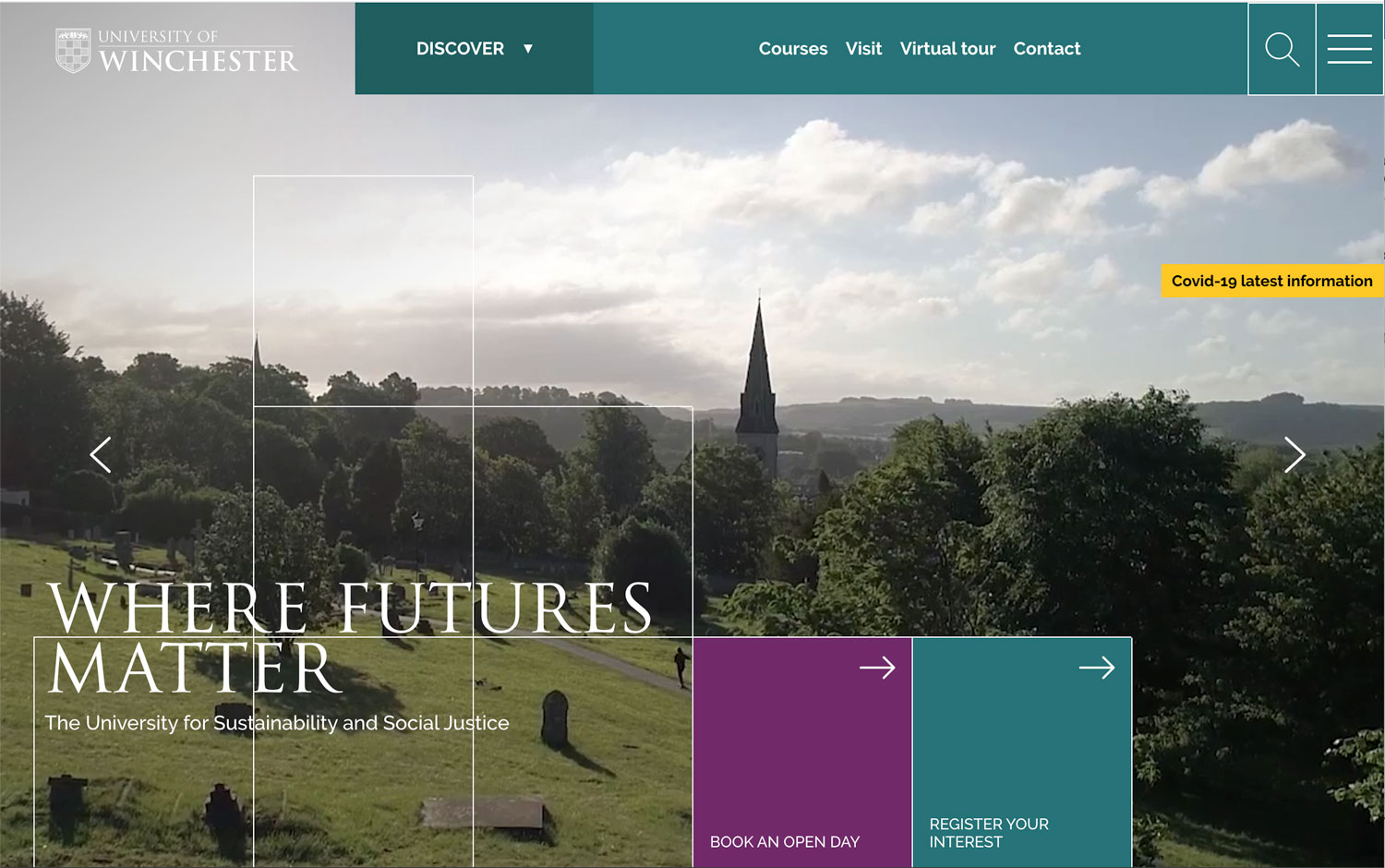
In parallel with designing the platform's visual aspects, I led the user journey design process to ensure a seamless and intuitive experience for our platform users. This involved mapping out the various stages of user interaction, from initial engagement to task completion, and identifying opportunities to streamline the user journey. Through user research and feedback analysis, we gained valuable insights into user preferences and pain points, which informed our iterative design approach. Collaborating closely with the development team, we implemented user-centered design principles to create an interface that guided users through their exploration of heritage with clarity and efficiency. This focus on user journey design played a crucial role in enhancing the overall usability and effectiveness of our digital platform.
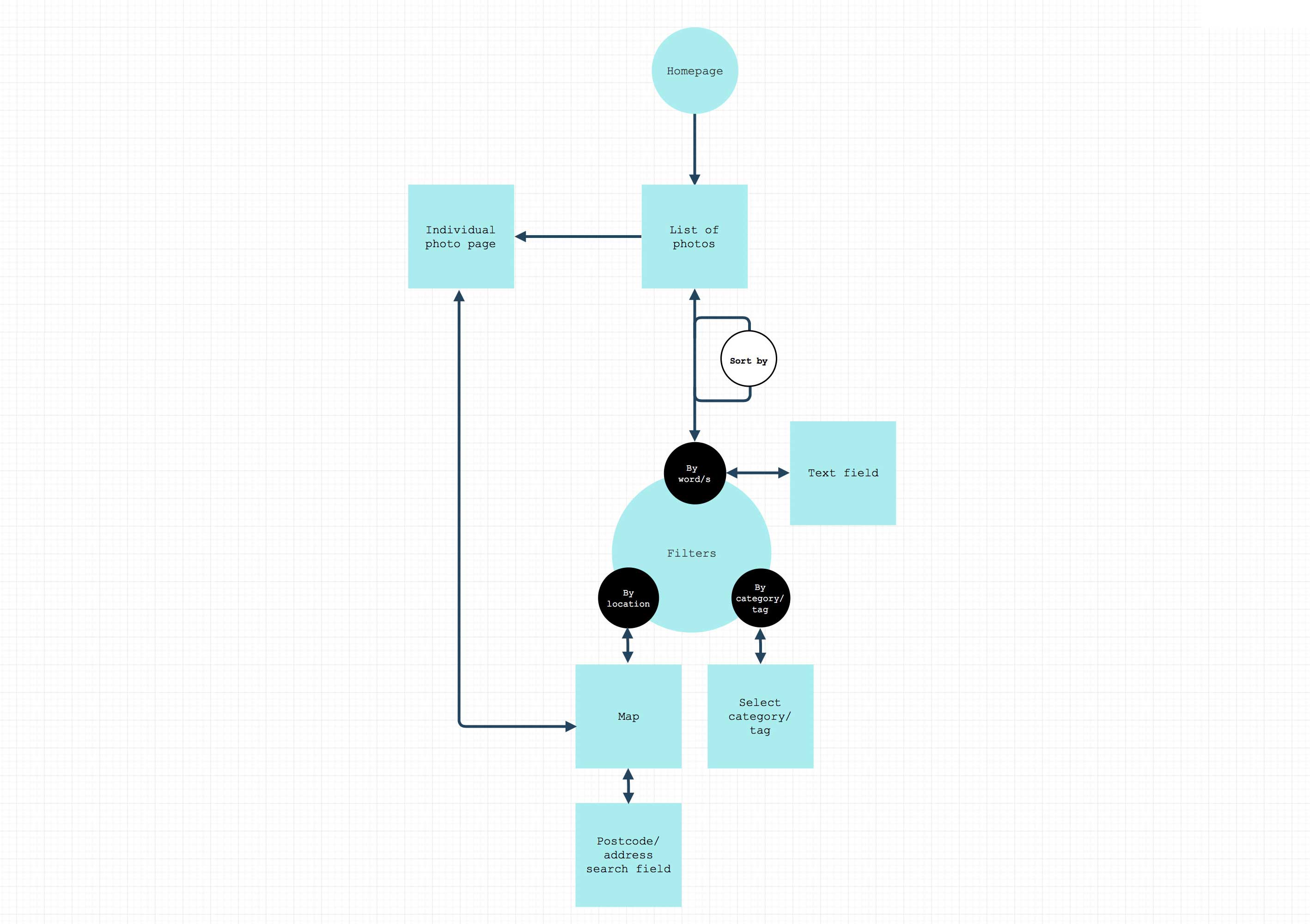
Data and User Security
In addition to the design and development aspects of the project, it was imperative to dedicate attention to data protection and collection research. Ensuring the privacy and security of user data is paramount in any digital initiative, particularly one that involves the collection and storage of personal information. Therefore, comprehensive research was conducted to understand the legal and ethical considerations surrounding data protection laws and regulations. This involved examining relevant legislation such as GDPR (General Data Protection Regulation) and other industry standards to ensure compliance and mitigate any potential risks associated with data handling. Additionally, careful consideration was given to the methods of data collection, storage, and processing, with an emphasis on implementing robust security measures and privacy safeguards to protect sensitive information. By prioritizing data protection and collection research, we aimed to build trust with our users and demonstrate our commitment to safeguarding their privacy throughout their interaction with the digital platform.
User Feedback Gathering and Iterative Improvements
Given the time constraints surrounding user testing for the submission form, an innovative solution was devised to gather feedback efficiently. Recognising the importance of incorporating user input while also acknowledging the limited timeframe, a practical workaround was implemented. I devised a creative "hack" that allowed partners to distribute a printable version of the submission form to their students. The students would then use their smartphones to take a photo of the form, fill it out digitally, and take another photo capturing both the phone screen displaying the completed form and the printed form itself. These images were then collected and sent to me for review and analysis.
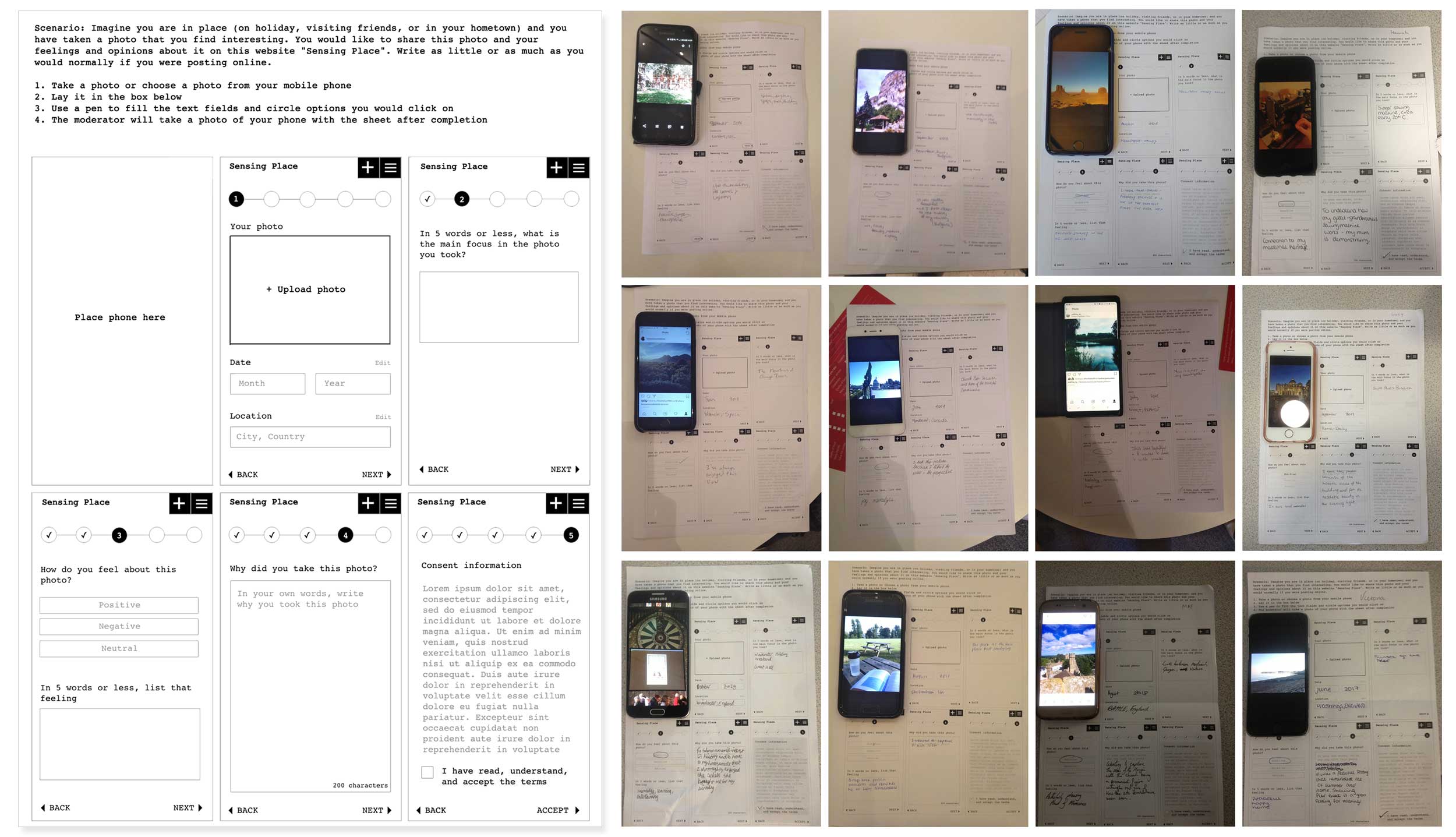
This method proved to be remarkably effective in soliciting user feedback within the given constraints. By leveraging readily available technology and streamlining the feedback process, we were able to gather valuable insights from users in a timely manner. Upon reviewing the submitted feedback, minor adjustments were made to the submission form based on the observed patterns and suggestions. This iterative approach not only ensured that the form met user expectations but also demonstrated our commitment to responsiveness and continuous improvement.
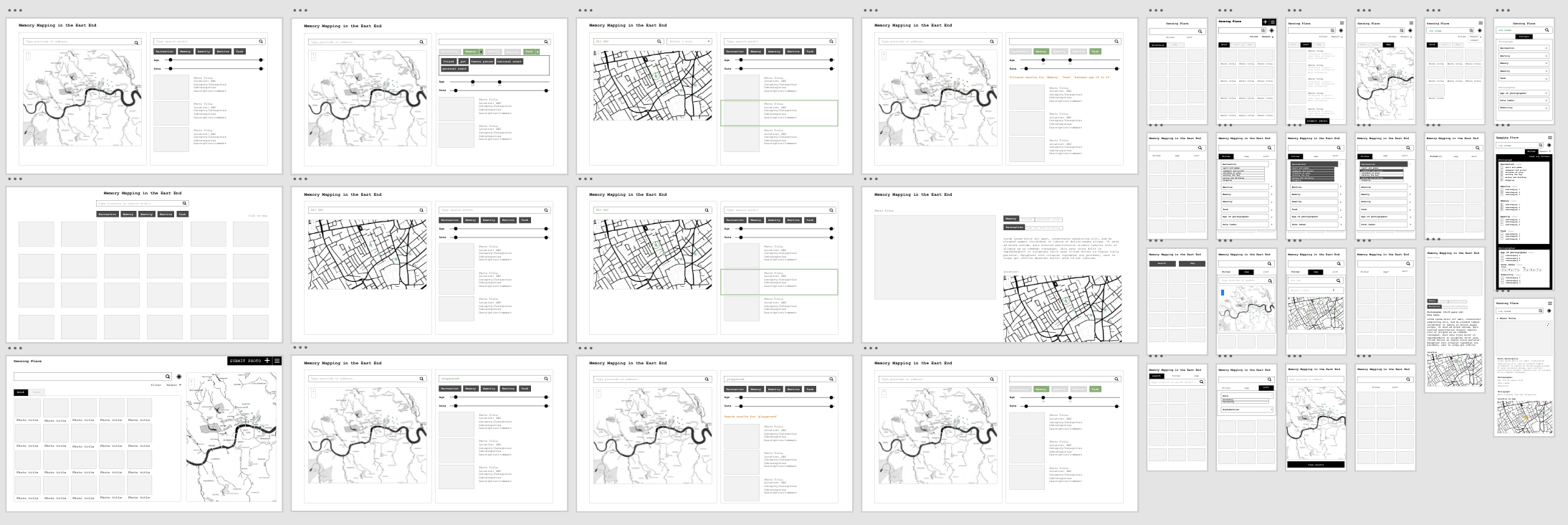
Following the completion of the wireframes, the next step involved prototyping the base framework to assess responsiveness and interactions. To achieve this, I created a prototype using HTML, CSS, which served as a foundational framework for testing purposes. The prototype was hosted on a staging server, allowing for easy access and collaboration with team members.
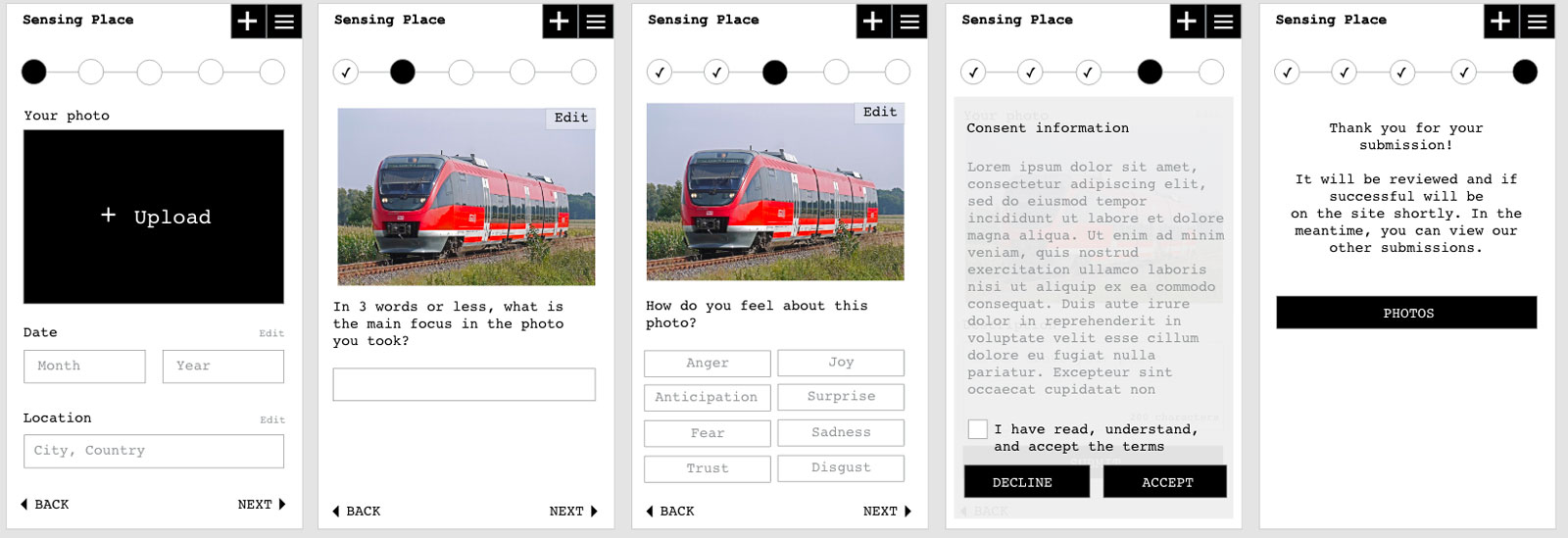
As the prototyping phase progressed, I continued to refine and enhance the design, focusing on styling elements to ensure a visually appealing and cohesive user experience. Concurrently, I worked closely with a developer, collaborating on the staging server to integrate functionality and additional features into the prototype. This collaborative effort involved regular communication and iteration, with the developer implementing backend functionality while I focused on frontend design and aesthetics.
Together, we iteratively refined the prototype, addressing any issues or inconsistencies that arose during testing. This collaborative approach facilitated the seamless integration of design and functionality, ultimately culminating in the development of the final website. By combining our respective skills and expertise, we were able to produce a website that nt only met the project requirements but also exceeded user expectations in terms of both design and functionality.
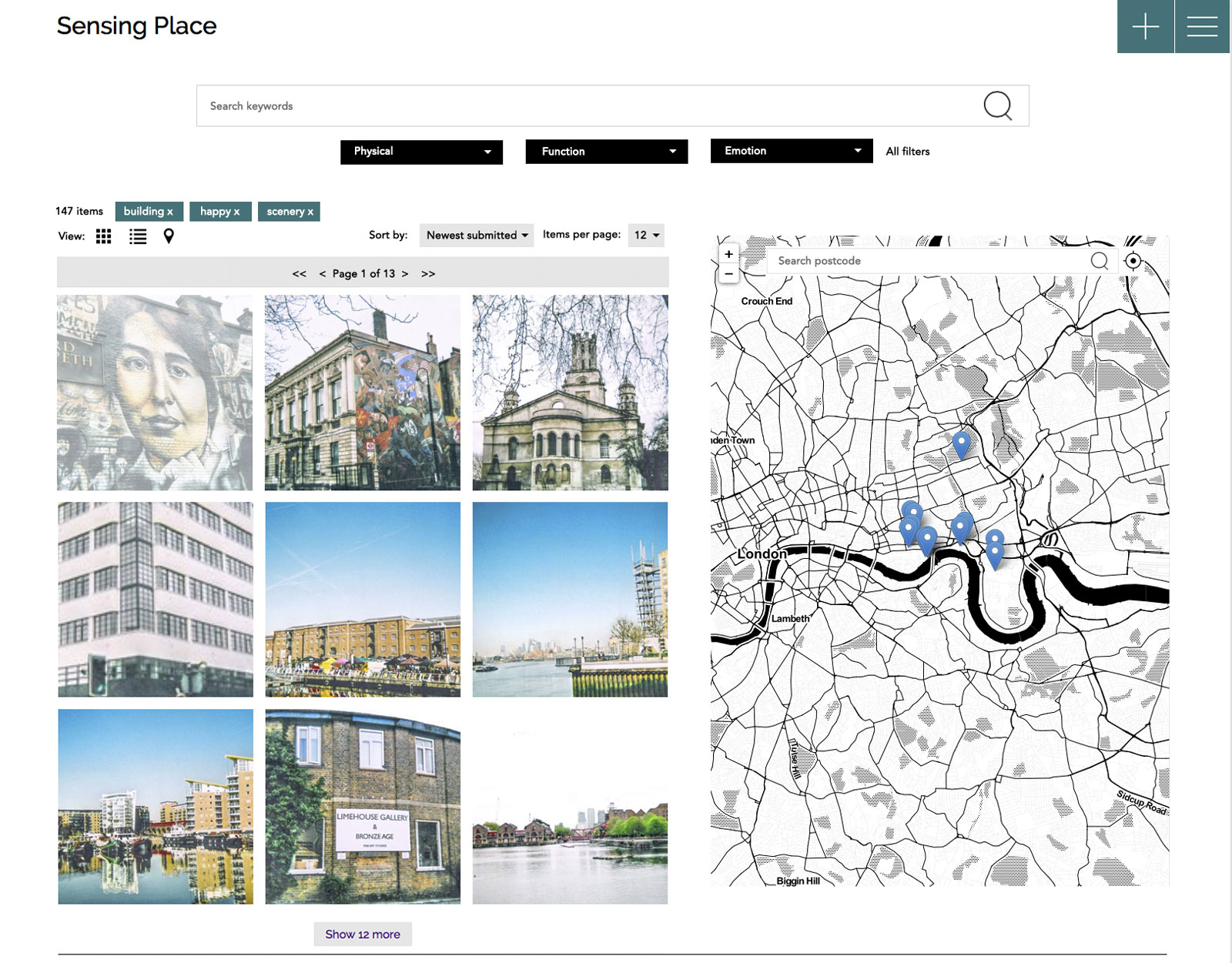
Conclusion
By prioritizing user engagement, data protection, and collaborative development, this project aims to create a digital platform that not only enriches heritage exploration but also ensures user privacy and responsiveness to user feedback.
(The project has been converted to a static site as funding has ended and all dynamic functionality has been removed)
